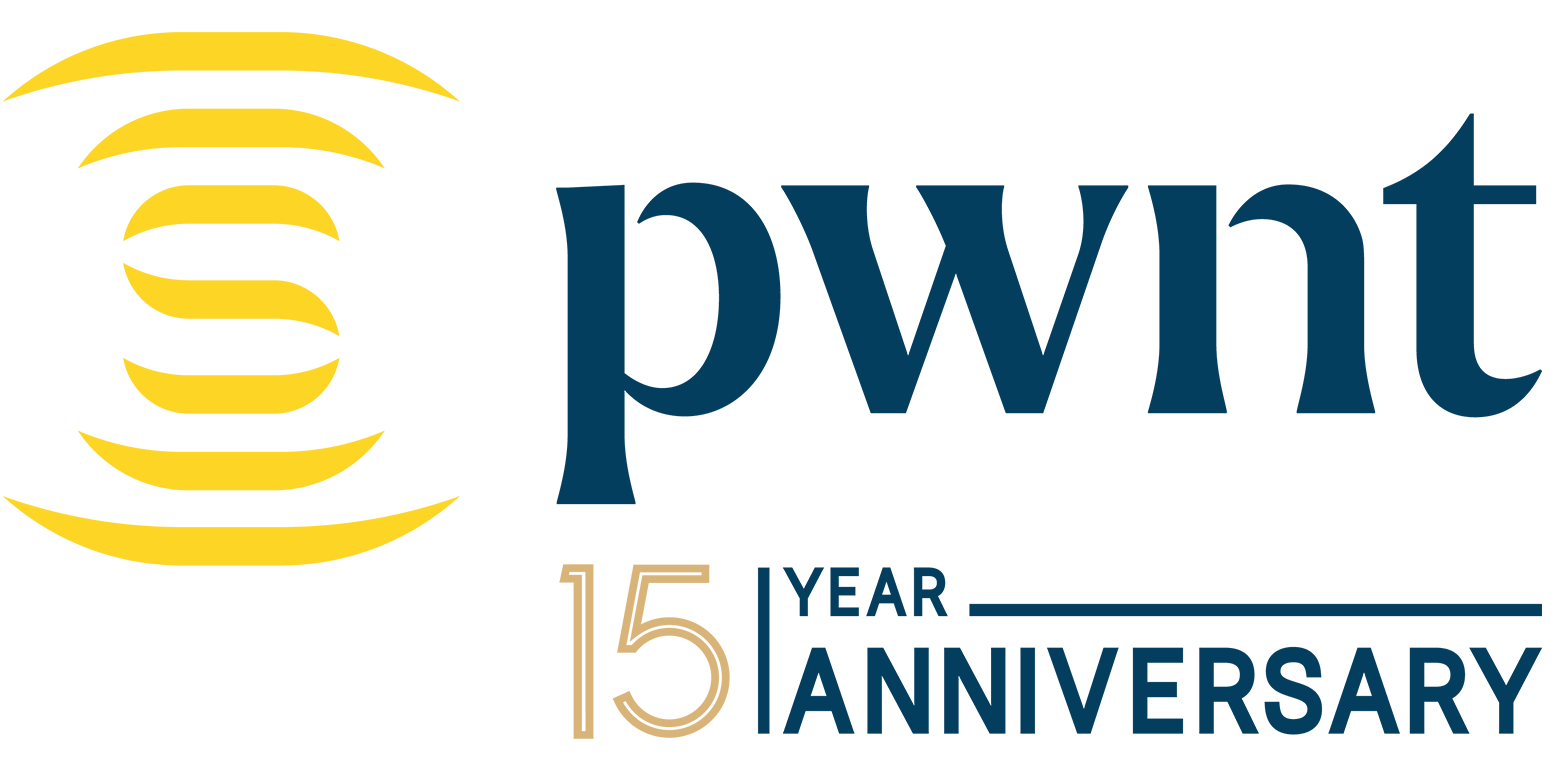Our R&D team is continuously looking for better and more sustainable water treatment solutions and works in close partnerships with recognized institutions, universities and utilities worldwide. The PWNT Andijk R&D centre is one of the biggest water treatment R&D centres in the world.
Research
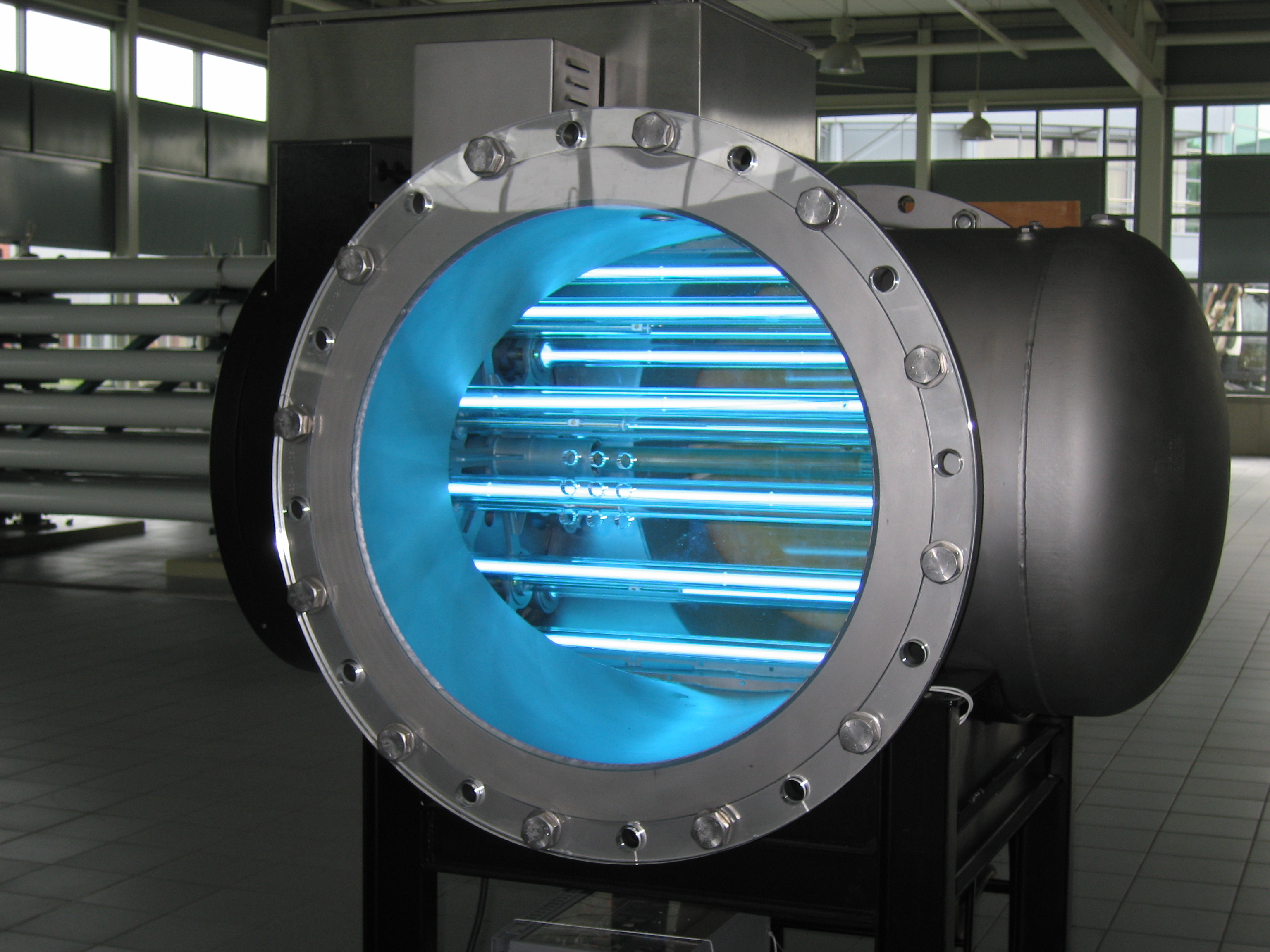
Technology research
At PWNT R&D technology research takes place, ranging from classical to the most innovative water treatment techniques. Our technology researchers are responsible for the design and execution of a variety of experiments at the R&D lab. Currently the focus is on ion exchange, coagulation, advanced oxidation and membrane filtration. All in the context of integrated treatment approach both for drinking water or reuse.
Ion exchange
PWNT developed application of suspended ion exchange in our facilities. One of the main projects is to modelize the SIX® process, by looking at the kinetics of the resin, with respect to DOC and nitrate removal. These models are essential to scale up. To mitigate waste streams we explore the possibilities of dynamic vapour recompression. Technologies such as membrane filtration, electro dialysis and eutectic freezing are explored to enable reuse of organic matter in a circular economy. For further details, please contact us via info@pwnt.com.
Membrane technology
PWNT developed the CeraMac®, a large vessel with ceramic membranes. This development allowed larger scale application of ceramic micro filtration in surface water treatment. In our research programme, PWNT explores the combination of pre-treatment using ion exchange and/or in line coagulation on the performance of the ceramic micro filtration. Flux enhancement, fouling control and resulting water quality are the main points of attention in the research. For further details, please contact us via info@pwnt.com.
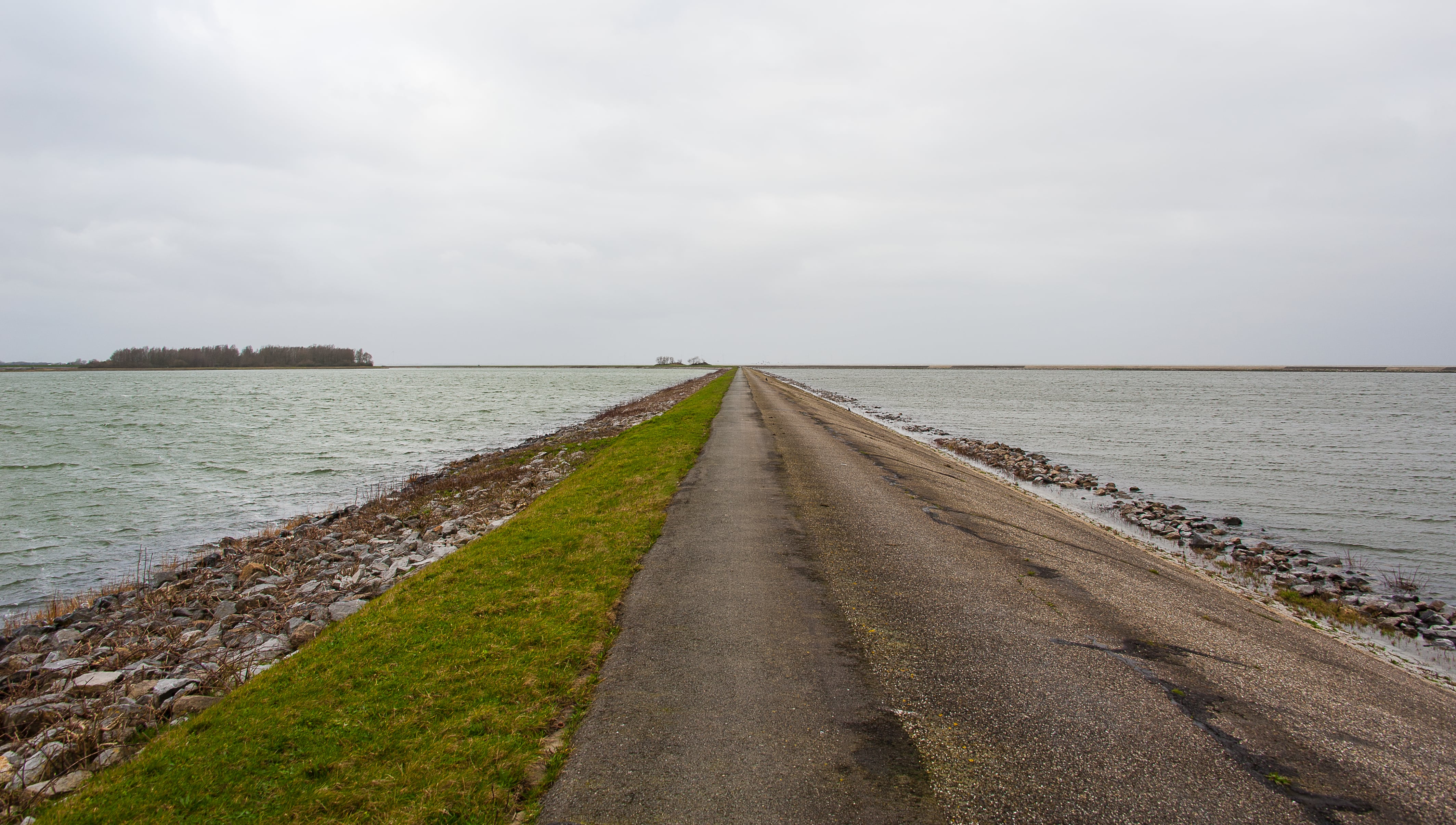
Biological processes and nutrients in drinking water systems
Microbial growth conditions in drinking water distribution systems are complex, ranging from hydraulic conditions, residence time, and temperature, to nutrients availability and microbial community composition. Differences in water treatment schemes and water quality highly impact the biological stability. Research often only focuses on one aspect to be able to draw solid conclusions. However, an integrated overview of critical parameters, combining source, treatment and distribution, is necessary to obtain control on the biological processes. Such overview is complex but essential when a transition in treatment strategy, source composition or distribution net configuration is considered. For further details, please contact us via info@pwnt.com.
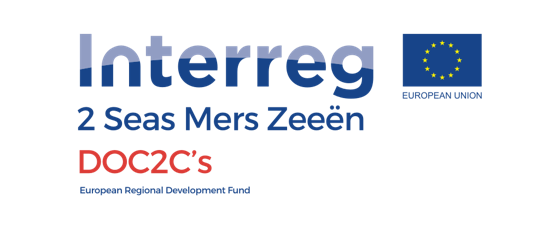
DOC2C's project
The DOC2C’s project was an extensive research programme from 2016 to 2019 four years to investigate the possibility of improved dissolved organic carbon (DOC) control and/or removal from source waters. This research was through a European Interreg @ Seas Programme that is focused on the North Sea and the English Channel regions. This is known as the 2 Seas Area. Its overall objective is to develop an innovative, knowledge and research based, sustainable and inclusive 2 Seas area, where natural resources are protected and the green economy is promoted. The DOC2C’s consortium consists of leading partner PWNT R&D (NL), South West Water (UK), De Watergroep (BE), Lille University (FR) and Delft University of Technology (NL).</p
There are more than 60 papers showcasing different aspects of DOC control, monitoring, and characterization, as well as results from innovative treatment technology evaluations and five feasibility studies. You can find this information on the project website: www.doc2cs.com.
R&D Center: one of the largest worldwide
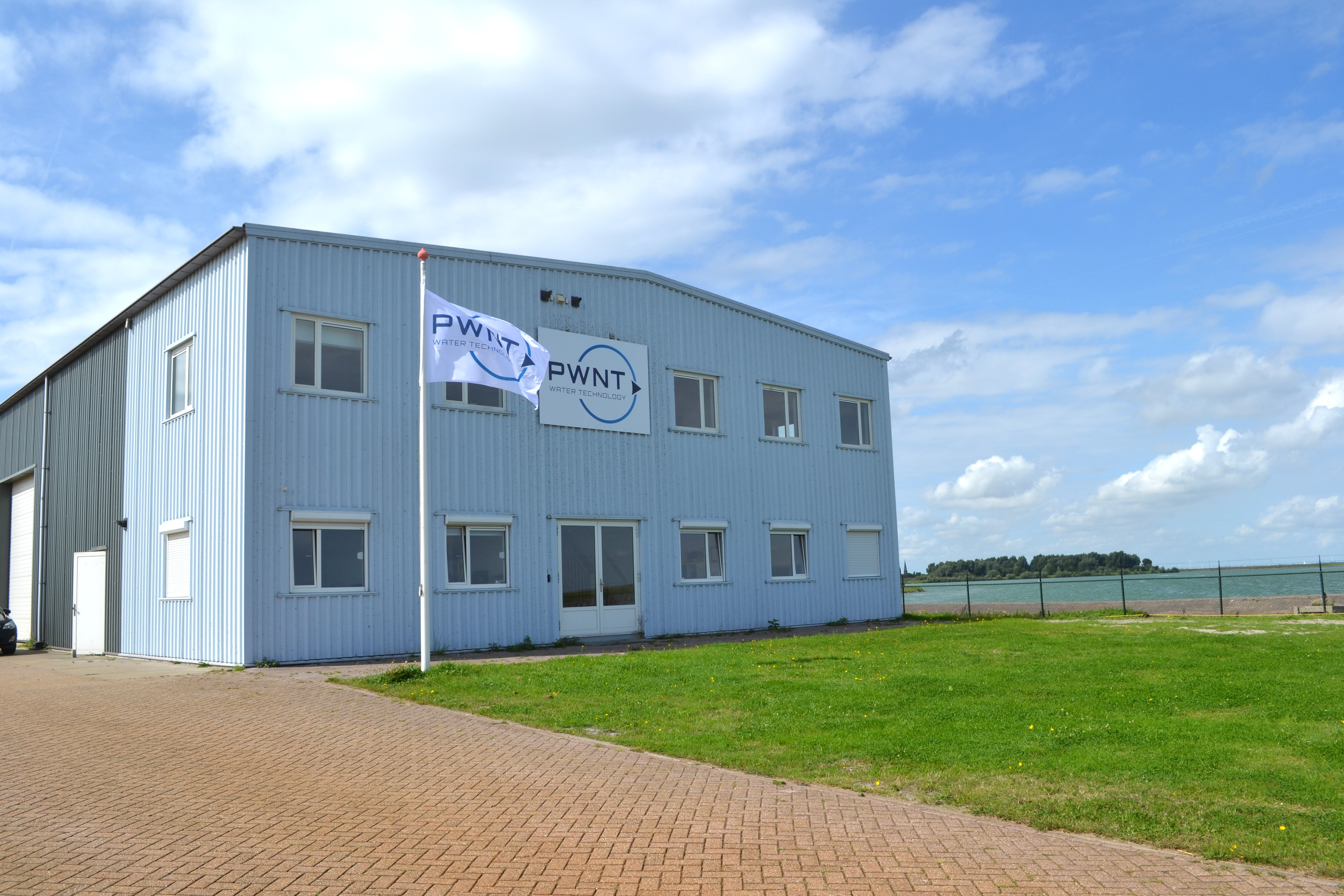
PWNT R&D centre is located in Andijk (The Netherlands). With 1000m2, it offers sufficient space to house several pilots and bench scale equipment. This facility allows us the flexibility to investigate processes in the field of for example ion exchange and membrane filtration. Over the years PWNT R&D centre was involved in the development and full scale implementation of technologies such as ultrafiltration, UV based advanced oxidation, SIX® and CeraMac®.
